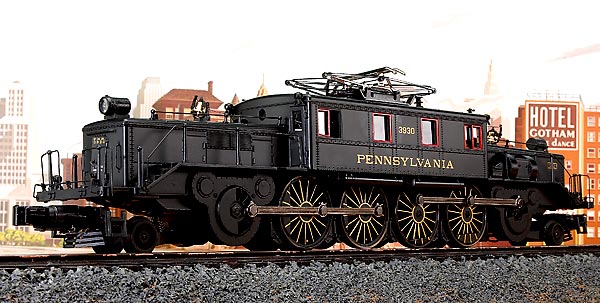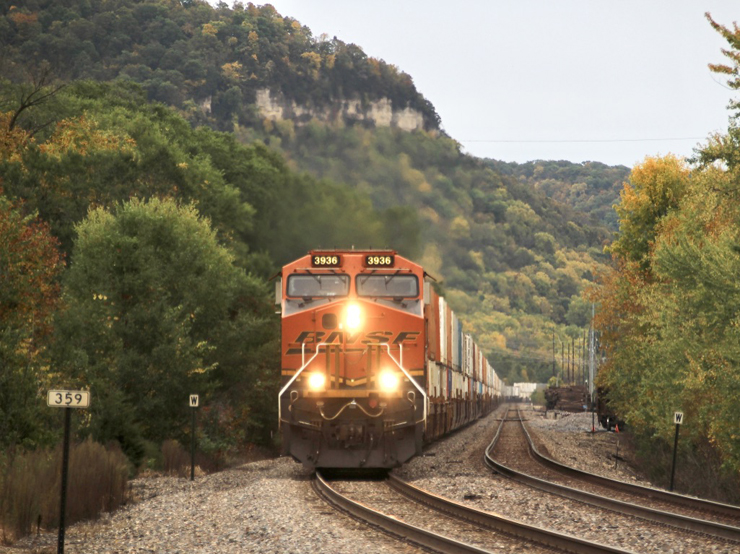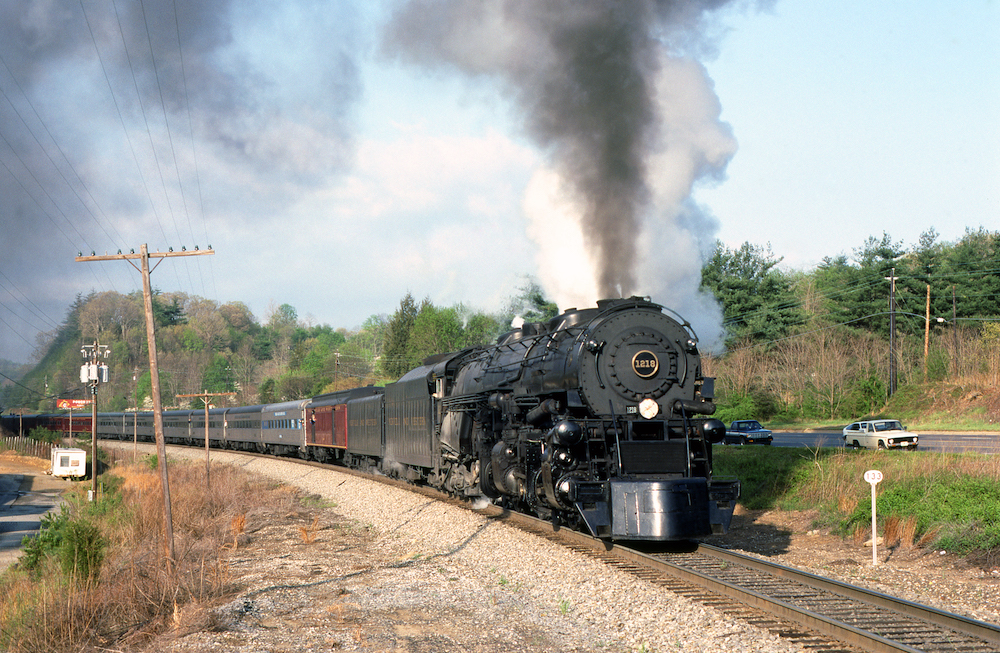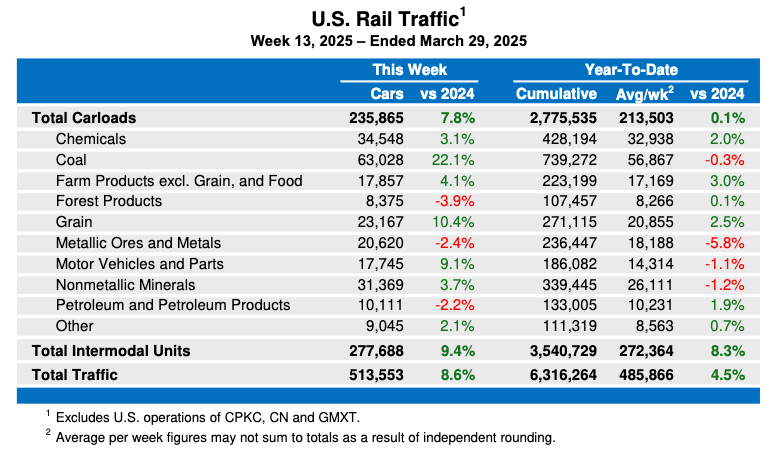The L5 electric was the Pennsy’s attempt to create a universal electric locomotive: an engine for freight or passenger service, and a model capable of being used on AC (overhead catenary) or DC (third rail) routes.
The 200-ton locomotive featured 80-inch drivers that were powered through a geared jack shaft and side rod system similar to that of the diminutive DD1 locomotive(see the review of the MTH DD1 in the September 2004 issue). The L5s were rated at 4,170 horsepower each and were geared for a top speed of 70 mph.
Assigned to the New York terminal area, the L5s displaced part of the DD1 fleet, but they never performed up to expectations. The Pennsy withdrew the locomotives from service and scrapped the DC-powered L5s in 1942, though the single AC version wasn’t scrapped until 1944. Interestingly, the last of the DD1s remained on the railroad’s roster until the 1960s.
The model
When I pulled this model out of its box, the first thing I noticed were those eight huge drivers. The yellow-gold accent stripes along the spokes made the tall wheels (about 78 scale inches or 1.6 actual inches) look taller – and wilder. The next feature to grab me was the jack shafts, placed where one observer noted, “It looks like there ought to be a driver there – or a steam chest.”
The size and weight of the locomotive also demand attention. The coupler-to-coupler length of the prototype L5 was 68 feet, 2 inches. The model measures 72 feet long in O scale (18 inches), which of course includes the oversized O gauge couplers on each end. So indeed this is a fair-sized beast.
The ends of the locomotive are boxy and business-like. There are detailed groupings of thin metal grab irons and rails on the decks, sides, and on top of the long hoods.
There are also grab irons on the nose and even opening O scale access doors with latches that actually work.
The long hoods each have bells with lanyards leading to the cab, as well as headlights with illuminated engine numbers. The four corners of the cab have marker/classification lights.
You’ll also find Juniata Shop builder’s plates (dated January 1924) on both hoods.
The cab itself has windows with red frames, and the “glass” in the windows by the crew figures slides open. I was surprised to discover that the cab doors, featuring latches like the nose hatches, actually open.
Up top, you’ll find a large central pantograph that can be raised or retracted by hand with ease.
The die-cast metal body shell is terrific. The first image that popped into mind was the riveted hulls of Sherman and Grant armored vehicles of World War II. If you want rivets, this baby has them, down to the assembly for the jack shaft. You’ll also find lots of cast-in safety-tread detail on the decks.
While the L5 is painted in Pennsy’s sedate Brunswick green with gold lettering, the yellow-gold accent stripes on the driver spokes, counter-weights, and wheel centers are outstanding, and contrast pleasantly with the toned-down sheen of the drive rods.
On the test track
This eccentric-looking locomotive can really dig in and haul a heavy load. Overall performance of this model is strong. In conventional-control mode utilizing MTH’s speed-control circuitry, the L5’s low-speed average was 7.6 scale mph and its high-speed average was 61.3 scale mph. In command-control mode, I was able to time the locomotive at just 2.58 scale mph.
During the drawbar pull test, this was one of those rare locomotives that fought me for control of the hand held digital force meter I use to measure pulling power. The locomotive really had some tugging power!
Drawbar pull for the 7-pound, 6-ounce locomotive measured 4 pounds, 2 ounces. In my eight years of testing locomotives, only a handful of engines have surpassed the 4-pound mark.
The locomotive was responsive to throttle inputs and ran smoothly and quietly in all speed ranges. Perhaps if the Pennsy had used MTH’s model instead of one of the prototypes built in its own Juniata shops, the railroad would have been much happier!
The sound system made its presence known, but, as is the case with nearly all electric-profile locomotives, it was about as exciting to me as listening to a low-rpm electric drill. Still, the sound reproduction is faithful, and the model uses a whistle, not a diesel-like horn.
All DCS functions, including coupler operation and sound effects, performed as expected. Under the shell, the L5’s mechanism and electronics are extremely neat and tidy, a reflection of strong engineering. One of the staff remarked that it was like looking under the hood of a Mercedes-Benz.
The Premier line MTH L5 is one of the more unusual-looking locomotives I’ve tested. But the excellent performance of this die-cast metal beast will make it stand out, even on Willy Wonka’s layout.














